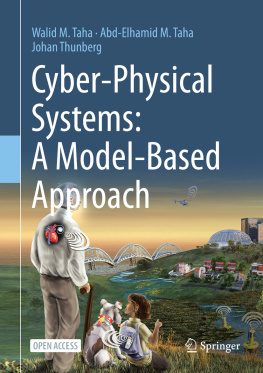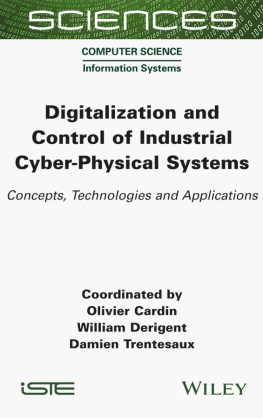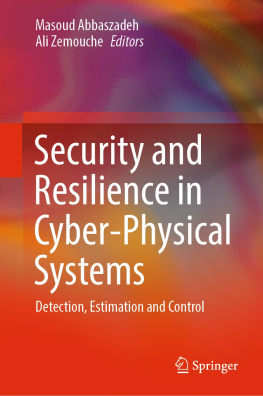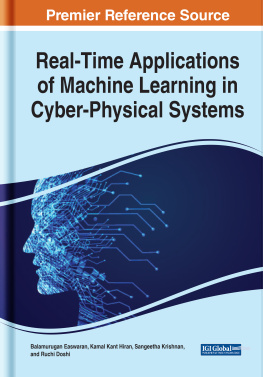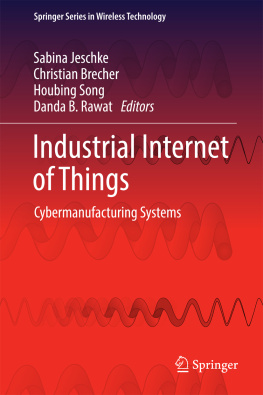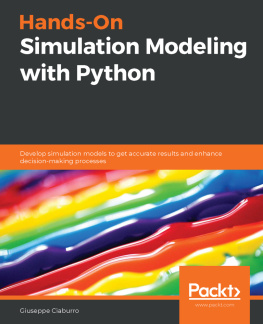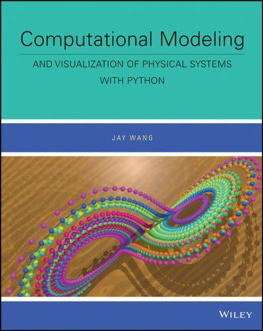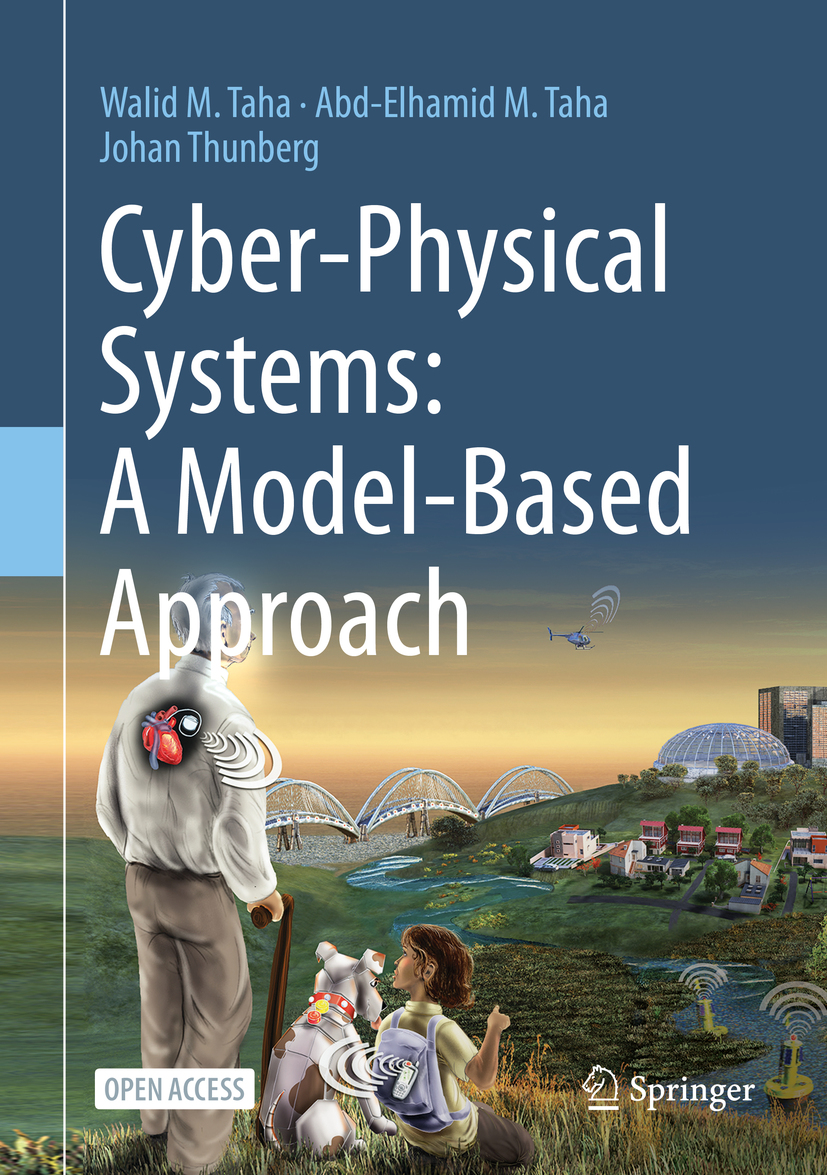Walid M. Taha
School of Information Technology, Halmstad University, Halmstad, Hallands Ln, Sweden
Abd-Elhamid M. Taha
Alfaisal University, Riyadh, Saudi Arabia
Johan Thunberg
Halmstad University, Halmstad, Hallands Ln, Sweden
ISBN 978-3-030-36070-2 e-ISBN 978-3-030-36071-9
https://doi.org/10.1007/978-3-030-36071-9
This book is an open access publication.
The Editor(s) (if applicable) and The Author(s) 2021

Open Access This book is licensed under the terms of the Creative Commons Attribution 4.0 International License ( http://creativecommons.org/licenses/by/4.0/ ), which permits use, sharing, adaptation, distribution and reproduction in any medium or format, as long as you give appropriate credit to the original author(s) and the source, provide a link to the Creative Commons license and indicate if changes were made.
The images or other third party material in this book are included in the book's Creative Commons license, unless indicated otherwise in a credit line to the material. If material is not included in the book's Creative Commons license and your intended use is not permitted by statutory regulation or exceeds the permitted use, you will need to obtain permission directly from the copyright holder.
The use of general descriptive names, registered names, trademarks, service marks, etc. in this publication does not imply, even in the absence of a specific statement, that such names are exempt from the relevant protective laws and regulations and therefore free for general use.
The publisher, the authors and the editors are safe to assume that the advice and information in this book are believed to be true and accurate at the date of publication. Neither the publisher nor the authors or the editors give a warranty, expressed or implied, with respect to the material contained herein or for any errors or omissions that may have been made. The publisher remains neutral with regard to jurisdictional claims in published maps and institutional affiliations.
This Springer imprint is published by the registered company Springer Nature Switzerland AG
The registered company address is: Gewerbestrasse 11, 6330 Cham, Switzerland
To the future
Preface
This book is aimed at anyone who would like to be an inventor or an innovator of cyber-physical systems, that is, machines, manufactured products, methods, or combinations of such things. The goal of such invention or innovation is to fill concrete needs in society. Modern examples of such creations include autonomous and electric vehicles, quadcopters, smartphones, and robots. More than ever before, it is useful to describe such systems as cyber-physical because they combine aspects that have previously been confined within the realm of relatively separate disciplines, and in particular, within computer science and within physical sciences. We believe that, increasingly, a more holistic and unified view of such systems is needed. This book achieves this goal by taking a model-based approach, which allows the reader to develop her mathematical modeling skills in a manner that allows her to combine her knowledge from a diverse range of technical disciplines into the same model. At the same time, we are guided by the fact that different types of activities go into the process of creating and developing such systems, including three that this book is concerned with: learning , teamwork , and design. We start by considering these three points in more detail.
Learning
Learning is a lifelong activity that has become more important than ever in todays knowledge economy . Today, there is much more to learn. The very computing and communication technologies that inspire this book are themselves accelerating science and technology, and the pace with which we accumulate new knowledge. To manage this changing learning landscape, you need to work smart. This book aims to help you do that by starting from a high-level, systems perspective and working down into key, representative subtopics. This way you are able to focus on key concepts that are broadly applicable to almost all modern inventions. An important tool that this book provides to help you with learning in the long term is the model-based approach, and especially the hybrid-systems modeling formalism, which is introduced early in the book and used throughout to provide practice.
This book is also intended to encourage you to ask questions. To set an example, the book itself motivates many topics and ideas by asking questions. Asking questions is one of the most important skills for lifelong learningit is an activity that involves taking stock of what we know and identifying the gaps that we need to fill to achieve a certain goal. The book is not about what you should do with these concepts, but rather, what you could do. It is up to you and your understanding of the world and its needs to put these concepts to work. We challenge you to show us how new systems can be designed.
Teamwork
Teamwork and collaboration are essential because many modern inventions require bringing together ideas from a wide range of disciplines, and to bring in knowledge from a vast number of areas. As a skill, teamwork is at the top of what employers tell us they need. Of course, teamwork and collaboration can be a tricky subject to learn about from a bookwe only experience collaboration when we work with others. This book will help you do that in three ways. First, it introduces key concepts from several areas that are often implicated in new inventions, including those that are related to computing and some related to more physical science and engineering disciplines. To talk about these concepts, some basic vocabulary is introduced. Both the concepts and the vocabulary help us appreciate the type of expertise that experts in different subjects have, and to build the beginnings of the vocabulary needed to work with these experts.
Second, the book gently introduces the reader to three powerful mathematical notions that formalize the similarities between a wide range of seemingly different concepts. Seeing the similarities allows us to compress our knowledge and to be able to think quickly of alternatives. The focus is less on the mathematical origin and nature of these concepts and more on how to use them in modeling and simulation, which is where their effects are more animated, and where you will need them the most. These concepts can be seen as an example of a core mathematical formalism that give us tremendous expressivity to express ideas and to animate them through simulations. These concepts are:
Conditional laws : These are laws that only apply under certain conditions. Examples are laws such as the temperature is higher than 25 and the car started moving.
Discrete change laws : These are laws that specify a discrete change in one or more quantities. Examples are laws such as set the direction to 45 clockwise or turn the tank valve ON. Note here that the quantities do not need to be discrete, but rather, it is the change that happens in a discrete instance in time.

